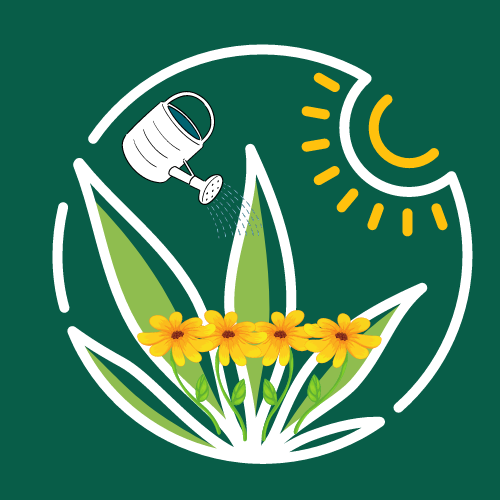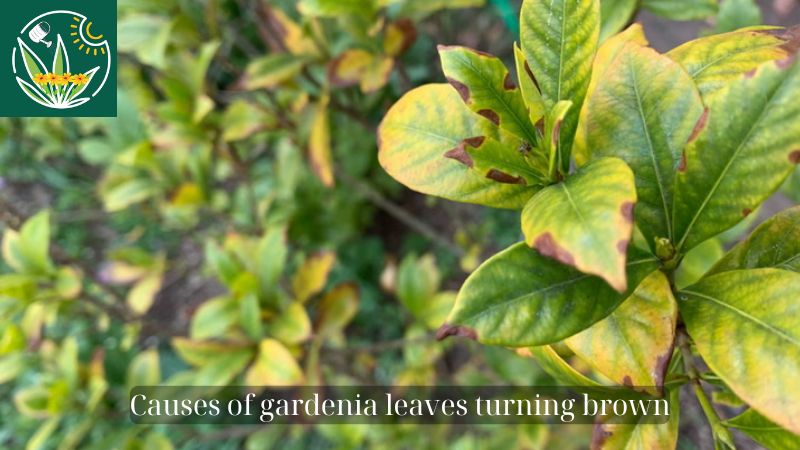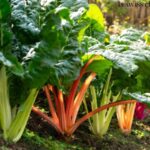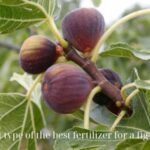Gardenia is loved for its pure white flowers and alluring fragrance. However, many gardenia growers often encounter gardenia leaves turning brown, causing the plant to lose its vitality and aesthetic appeal. This phenomenon often reflects environmental problems, care regimen or pests. To help keep gardenia plants healthy and green, it is extremely important to understand the causes and know how to deal with brown leaves.
Let’s find out the causes and tips to treat gardenia leaves turning brown with tree02.com.
Causes of gardenia leaves turning brown
Lack of important minerals
One of the most common causes of yellowing gardenia leaves is a deficiency of important minerals like iron and magnesium. This deficiency usually occurs during the warmer months of the year.
Iron deficiency: When the new leaves of the plant start to turn yellow, it could be a sign of iron deficiency. You can correct this by fertilizing with a fertilizer containing iron chelate in late spring and summer.
Magnesium deficiency: Magnesium deficiency will cause the older leaves on the plant to turn yellow before falling off. To treat this, sprinkle a teaspoon of Epsom salt around the base of the plant and water regularly.
Improper watering
Yellow leaves can also be the result of under- or over-watering. Gardenias prefer moderately moist soil, neither too dry nor too wet. To determine the right amount of water your plant needs, test the soil moisture. If the soil is too dry, you need to increase the amount of water. If the soil is too moist, reduce the frequency of watering and make sure the soil is well-drained.
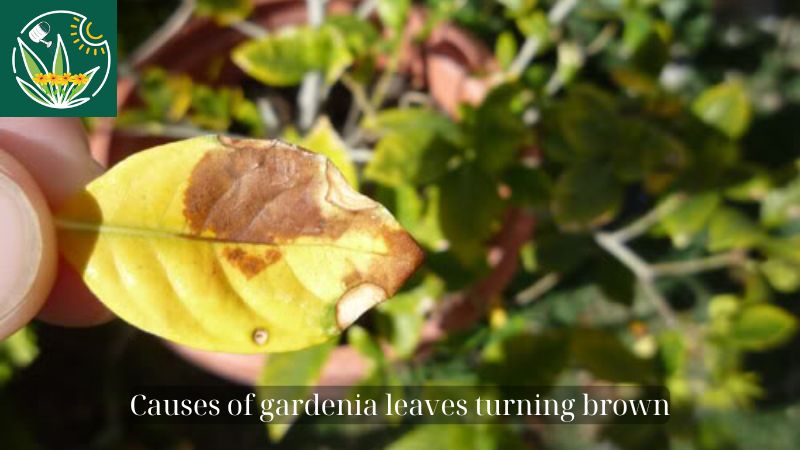
Tips for dealing with gardenia leaves turning brown
In addition to mineral deficiencies and improper watering, sunlight and soil type also play important roles in the health of your gardenia. Here are some additional care tips to help you deal with yellow leaves:
Check the soil and adjust the care regimen
Soil Type: Gardenias grow best in soil that is well-drained and has a slightly acidic pH. If you find that your soil is too deep or not draining, consider changing the soil or adjusting your watering frequency.
Soil pH: Gardenias prefer soil with a pH of 4.5 to 5.5. You can adjust the soil by adding powdered sulfur or compost to increase the acidity of the soil.
Adjust light and temperature
Gardenias do not like temperatures that are too cold or too hot. When exposed to direct midday sunlight or cold winds, their leaves may turn yellow. Plant them in a location that gets afternoon shade, or near a windbreak to protect them from the elements.
How to care for gardenia plants in different conditions
Plant Care in Winter and Spring
As temperatures drop in winter and early spring, gardenias are susceptible to cold weather damage. To protect your plants, make sure they are planted in a warm, bright location, but not in full sun. Mulch the soil to keep the roots warm and avoid overwatering in cold weather.
Caring for potted gardenias
Gardenias grown in containers require special care. Use well-draining soil and fertilize regularly with organic fertilizer to provide adequate nutrition. If you live in a cold climate, bring the plant indoors or cover it when temperatures drop.
Fertilizing tips for plants
Regular fertilization will help your gardenia grow strong and bloom beautifully. Apply a fertilizer high in phosphorus in late spring and summer to encourage flowering. Organic fertilizers or poultry manure are also good options, but be careful to apply the fertilizer sparingly to avoid damaging the roots.
FAQ
Should I remove yellow leaves after treatment?
If you have identified and corrected the cause of the yellowing, you can prune the affected leaves. However, be careful not to cut too many leaves, especially young leaves, so as not to weaken the plant.
Why are my gardenia buds falling?
Flower buds falling is often caused by environmental factors such as unstable temperatures, lack of light, or pests. To prevent this, choose an ideal planting location and check regularly for timely treatment.
Why are my gardenia leaves turning black?
Leaves turning black are usually caused by sooty mold, a harmless fungus that grows on the honeydew secreted by scale insects and mealybugs. You can handle it by spraying gardening oil to protect the leaves
Conclusion
Gardenia leaves turning brown can be a cause for concern for growers, but if you understand the cause and apply the right treatment tips, you can completely restore the lush green beauty of the plant. From adjusting the watering and lighting regime, to timely pest control, the plant will gradually recover and grow strongly. Caring for gardenia requires attention and patience, but the result will be a garden full of green and gentle fragrance.
